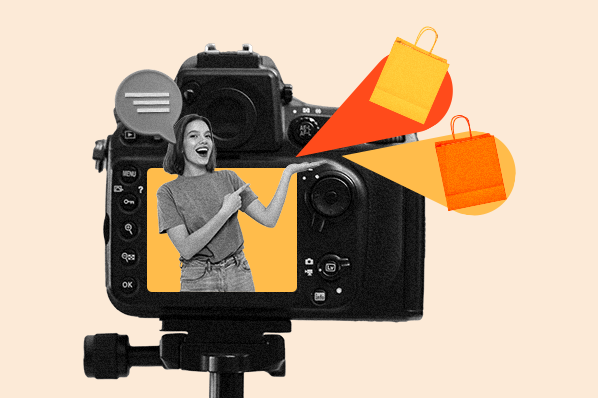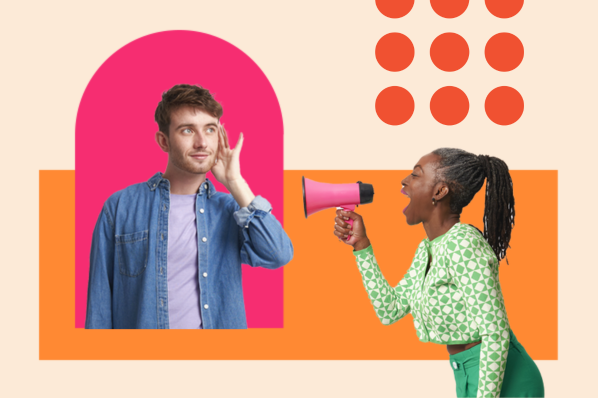Find out how Instagram promotions work, how to set one up, and best practices to keep in mind when running one.
How are Instagram promotions different from ads?
Promotions give a second life to posts that have already been viewed and likely performed well. Ads, on the other hand, feature new content and are used as part of a campaign.
With a promotion, the goal is to reach a broader audience for more brand awareness and engagement. Or perhaps you want higher conversions on a particular post.
With an ad, however, you’re likely targeting a specific audience with a particular message in mind.
Whether it’s an ad or a promotion, it will show up the same way on Instagram with the "sponsored" label under the account name.
Instagram Promotion Goals
There are three main goals you can have when running an Instagram promotion:
- More profile visits
- More direct messages
- More website visits
The goal you choose will determine where users are led after clicking on the CTA. While the first two goals will keep users on the social platform, the third will lead users to your landing page (LP).
Knowing your goal ahead of time is key to preparing your assets and having a plan for the influx in traffic, whether it’s on your profile, your DMs, or LP.
The first thing to know about running an Instagram ad is that you must have a business account. However, you may not have to link your Instagram account to a Facebook account to run the ad, a previous requirement up until June 2020, if this will be your first promotion.
1. Access the post you want to promote and click on the "Promote" button.

For Stories or Highlights, access your archive, select the post and select 'Boost.'
2. Select a goal.

If you select "More Website Visits," you’ll have to choose a destination for your users as well as your action button, i.e. your CTA. Here are the six button options:
- Learn More
- Shop Now
- Watch More
- Contact Us
- Book Now
- Sign Up
3. Define your audience.

When you choose "Automatic," Instagram will simply target users who match your current followers’ interests and demographics, specifically those who have engaged with your content before. With the "Create Your Own" option, you can filter your audience by location, interest, age, and gender.
4. Set up a daily budget and a promotion duration.

Your daily budget range from $1 to $1,000 and the promotion can last anywhere from 24 hours to 30 days. Instagram recommends starting with a least $5 to reach a good pool of users.
5. Review your promotion and click "Create promotion."

One thing to note is that Instagram will run your promotion on feeds, Stories, and the Explore tab – regardless of where it was originally published. Based on initial data, it will determine to run it where it performs best.
Once you submit your ad, it will go through an approval process, which usually takes 24 hours.
Best Practices for Building a Good Instagram Promotion
1. Promote top-performing content.
While you may be tempted to promote posts that need a little love, resist the urge. You may end up wasting money on a post that doesn’t have great potential.
If your brand is considering boost a one-off post, focus instead on posts with already high engagement.
Why? Well, these posts have already performed well with your followers. This is a good indication that they may perform well with the audience you haven’t yet reached.
2. Make sure your landing page is mobile-friendly.
Instagram is a mobile-first application.
As such, if you’re taking users to a website, make sure it offers a good user experience for mobile users. If not, you’ll end up with a high bounce rate and a low return on ad spend (ROAS).
A few things to keep in mind when designing for mobile:
- Have a single-column layout – This makes the page much easier to scan and navigate.
- Avoid too many images and videos – They may up too much space and crowd the site. And they can cause slower loading speeds.
- Keep your copy short – What seems like perfectly spaced paragraphs on a desktop can easily become overwhelming on mobile.
3. Know your goal is ahead of time.
It’s important that you prepare your Instagram profile and/or landing page ahead of your promotion.
You want to make sure you’re ready to convert those users once they’ve clicked on your ad. Otherwise, what’s the point?
If your goal was to get more profile visits, be sure to have a visually appealing grid, a descriptive bio, and updated contact information.
If you’re hoping for more messages, consider adding a question in your ad to encourage conversation.
The earlier you start preparing, the more ideas you can develop to attract and convert your target audience.
Influencer Marketing

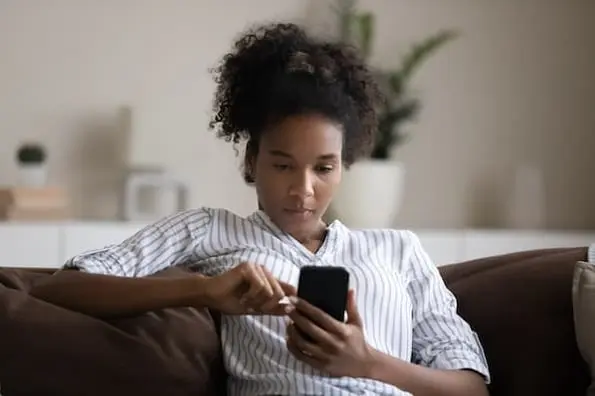
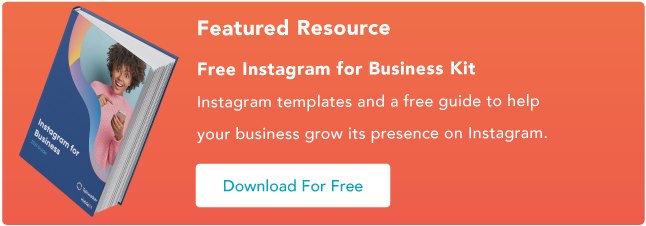
.jpg)
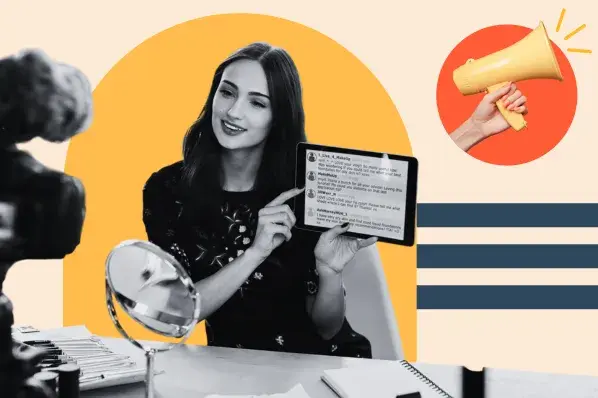

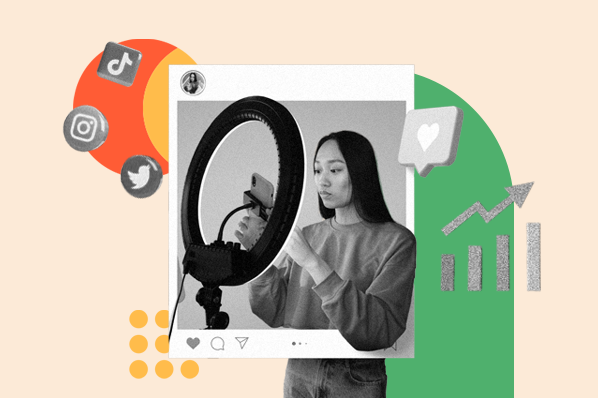
![Influencer Marketing Strategy: How to Build a Plan Creators & Customers Will Love [+ Templates]](https://53.fs1.hubspotusercontent-na1.net/hubfs/53/influencer-marketing-strategies-featured.png)
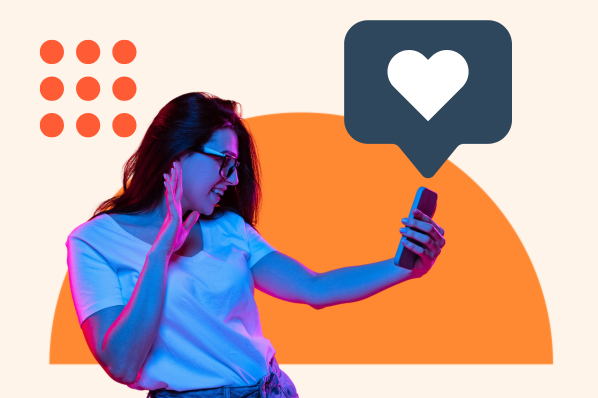
-1.png)
.webp)
